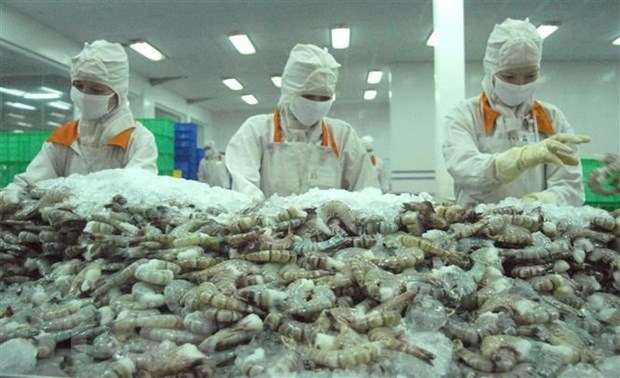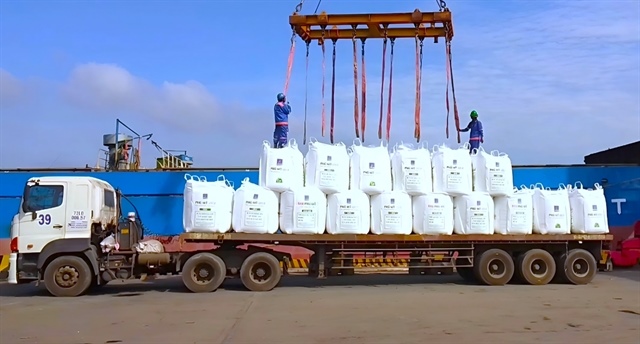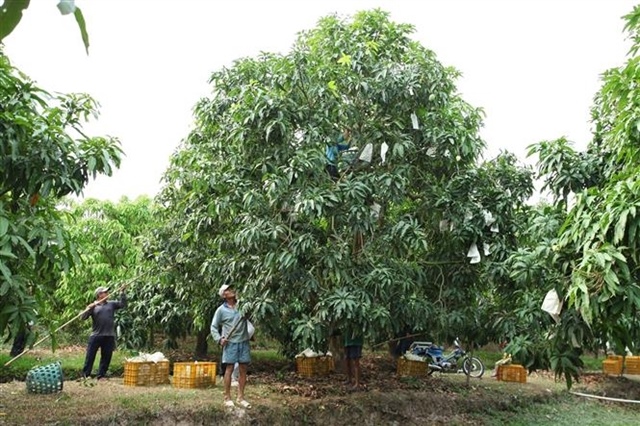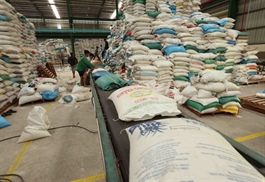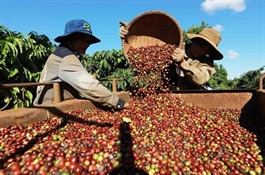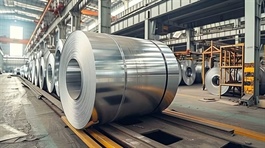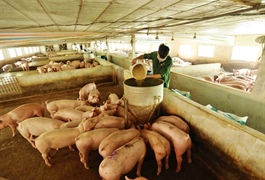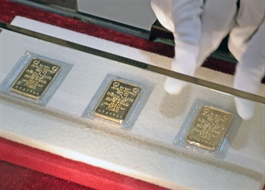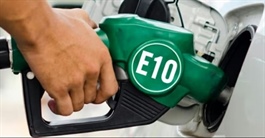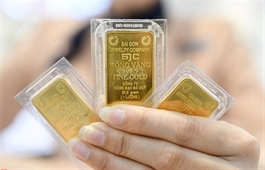Fuel for thought: Việt Nam speeds toward E10 shift
Fuel for thought: Việt Nam speeds toward E10 shift
It is essential to address technological, policy and market obstacles to ensure reliable supply and consumer acceptance as Việt Nam prepares to switch to E10 fuel nationwide from early 2026, advancing its energy transition.
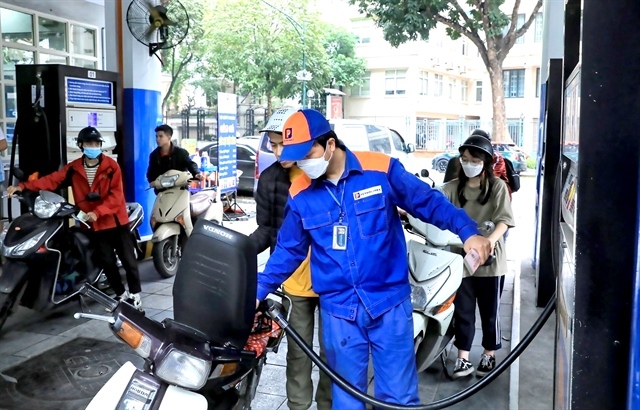
Biofuels are considered strategic solution to reduce greenhouse gas emissions, enhance the agriculture value, promote the development of green industry as well as ensuring the national energy security. — VNA/VNS Photo Tuấn Anh |
As Việt Nam accelerates its energy transition, the nationwide switch to E10 biofuel, gasoline blended with 10 per cent ethanol, is being prioritised for the beginning of 2026. To ensure both supply reliability and consumer acceptance, it is essential to tackle technological, policy and market barriers.
Minister of Industry and Trade Nguyễn Hồng Diên emphasised that biofuels, most notably E10, are a strategic solution. They promise to reduce greenhouse-gas emissions, boost agricultural value, stimulate the growth of green industries and enhance national energy security.
“Việt Nam is preparing in terms of legal framework, technical infrastructure and production capacity for the nationwide rollout of E10 from 2026,” Diên said, adding that wholesalers such as Petrolimex, PV Oil, Saigon Petro are getting ready in blending and distribution infrastructure for the rollout.
There are challenges in technology, policy and market to overcome to realise the goal, however, he added.
Currently, Việt Nam produces only around 40 per cent of the amount of ethanol needed for the blending of biofuels, requiring urgent expansion of raw materials and ethanol production capacity, together with stronger policies to encourage production, imports and reserves, Diên said.
Deputy Director of the ministry’s Department of Innovation, Green Transformation and Industrial Promotion Đào Duy Anh said biofuel E5 has been introduced to the market since 2018, but its sales remain modest at around 20 per cent of market share in 2024.
One of the biggest difficulties in developing and selling biofuel was consumers’ hesitancy over the quality, especially when used in new-model vehicles, he pointed out.
Anh said the small price gap with petrol, about VNĐ400–800 per litre, and limited tax and credit incentives failed to draw consumers and businesses to biofuels.
There has been a lack of a widespread communication campaign to increase understanding about the compatibility with engines and safety of biofuels, he said.
President of the Việt Nam Biofuels Association Đỗ Văn Tuấn said there are six ethanol factories in Việt Nam, four of which are operational at just around 35 per cent of designed capacity due to market difficulty.
When E10 is launched nationwide, these factories can run at their full capacity and supply around 50 per cent of the ethanol demand for blending and the rest must be imported, he said.
There is room for Việt Nam to develop the biofuel production industry, as the country has an output of around five million tonnes of dried cassava chips per year, but domestic ethanol plants currently use just around 1.3 million tonnes.
“The development of biofuel also opens up development space for the agricultural sector,” Tuấn said.
Việt Nam’s fuel supply chain is at a critical transition stage with the plan for E10 nationwide rollout, said Gabriel Ho from the Global Centre for Green Fuels.
Ensuring the blending and distribution infrastructure on a large scale is crucial for success, he said, adding that the transition requires accessing and upgrading ports, warehouses and storage facilities across the country to be ready for E10 deployment.
President of the Vietnam Petroleum Association Bùi Ngọc Bảo said that careful preparations are needed. Although major wholesalers have been preparing since the beginning of this year, detailed regulations should be issued early as a base for effective implementation.
Safe for vehicles
Ethanol has been used in fuel for more than 30 years globally, in countries such as the US, India and Japan.
In the US, E10 has been used for more than 20 years and has proved to be safe with modern automobile and motorbike engines, according to the US Renewable Fuels Association. In the US, ethanol replaces more than 300 million barrels of oil per year, and 95 per cent of petroleum sold in the US contains ethanol.
Research by Hanoi University of Science and Technology found that E10 is suitable for most vehicles in circulation in Việt Nam (including Honda, Yamaha, Piaggio, SYM and Suzuki), but it may have a certain impact on older generation vehicles using carburettors.
Manufacturers and importers of cars and motorbikes in Việt Nam should publish a list of vehicle models compatible with E10, with recommendations if necessary, Phạm Hữu Tuyên from the university said.
The Ministry of Industry and Trade also said that many domestic and international studies and tests confirmed that biofuels do not harm the engine but even help the engine operate more efficiently.
Citing experiences from Thailand and the Philippines, the ministry said that E10 is found to be safe for vehicles.
E10 was introduced nationwide in 2007 in Thailand and no problems have been found for decades.
In the Philippines, E10 has been used nationwide since 2023. The Philippines Department of Energy (DOE) affirmed that 10 per cent ethanol-blended petrol is safe for all engines and that users do not need to modify any vehicle to use E10.
The Ministry of Industry and Trade is seeking comments on a draft circular on the roadmap for switching to biofuels in Việt Nam.
Accordingly, E10 will be used nationwide from January 1, 2026. From January 1, 2031, the country will switch to E15 or biofuels with blending ratios decided by the Ministry of Industry and Trade based on the real situation.
From the beginning of August, wholesalers including Petrolimex and PVOIL have been piloting the sale of E10 in some localities, including Hà Nội, Hải Phòng and Cần Thơ.
- 08:41 03/09/2025


